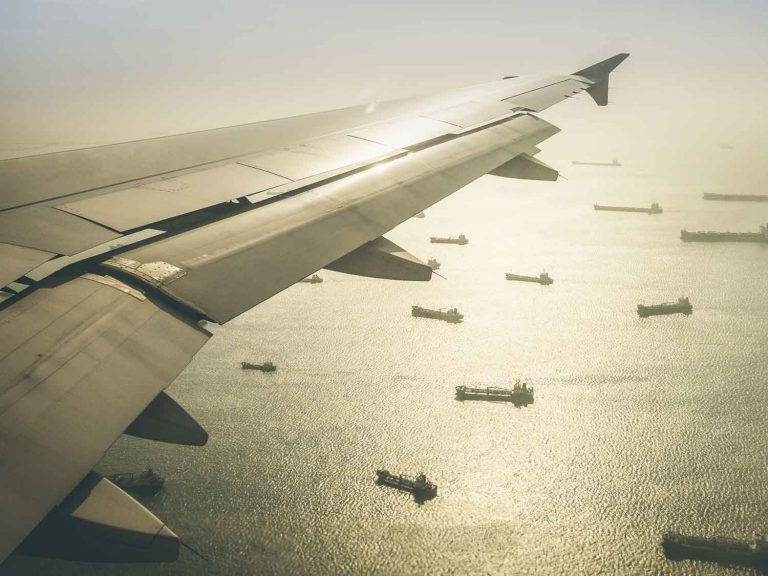
Date:
Hundreds of vessels waiting for berths, as congestion continues on a Global scale
Over 300 vessels, the most in the history of container shipping, are currently waiting for berths around the globe, as the industry continues to struggle with the operational impacts of COVID-19 and sustained demand at unprecedented levels.
While we have reported many times on port congestion, highlighting issues in the UK, US and across Asia, most recently at ports in South China, the reality is that container ship congestion is a global issue in 2021 and with the build up to the Christmas season and an early Chinese New Year on the horizon, there will not be much improvement soon.
The below SeaExplorer graphic illustrates how the spread of vessel clusters (red) and congested/disrupted ports (yellow) are currently touching every continent and region, with more than 300 containerships waiting for berth spaces to open up around the world.

With container shipping networks stretched thinner than any time in the past and port congestion and network disruptions tying up vessels and boxes all over the world, just in time supply chains do not work effectively and shippers continue to struggle to replenish inventories.
The hope that things would start to ease during the second quarter were dashed by the blocking of the Suez Canal by the Ever Given and now we have the situation in Yantian, which will multiply the COVID impacts and congested terminals.
While the situation at Yantian port is slowly recovering, with productivity rising to 45% of normal, that still means at average waiting time of 16 days per vessel.
With capacity on the Asia to North Europe trade skewed towards larger vessels, those waiting in line for their berth, will place massive demand on port infrastructure that is already over-stretched and inefficient, creating ever more disruption, until COVID-safe working practices are finally lifted.
Without slack or overcapacity to act as a buffer, in overcoming these issues globally, every single additional disruption is adding further to the backlog. It’s not going to go away soon as carriers try to recover schedules from the impact and consequences of added delays throughout the port network.
The bottlenecks and delays at ports that the chart shows around the world are the symptom of the wider breakdown in the supply chain infrastructure, all related to the pandemic that spurred changes in consumption habits and reduced port and inland productivity.
As a global problem, it is going to take time to resolve and the industry will need to take along hard look at itself, to ensure that this calamitous situation is never repeated.
While the global port congestion continues, our commercial and operations teams are working tirelessly to mitigate its impact and provide alternative solutions where it is appropriate or necessary.
The key to effective planning is visibility, which is why we request your three month forecasts of movements, so that we can manage your cargo flows and business expectations. Please continue to send us all data and information relating to the timelines and expectations for your products globally – this is an essential ingredient in managing both cargo transit, deadlines and your expectations.
If you have any questions, concerns, or would like any further information regarding the situation in Yantian, please don’t hesitate to contact Elliot Carlile or Grant Liddell.
